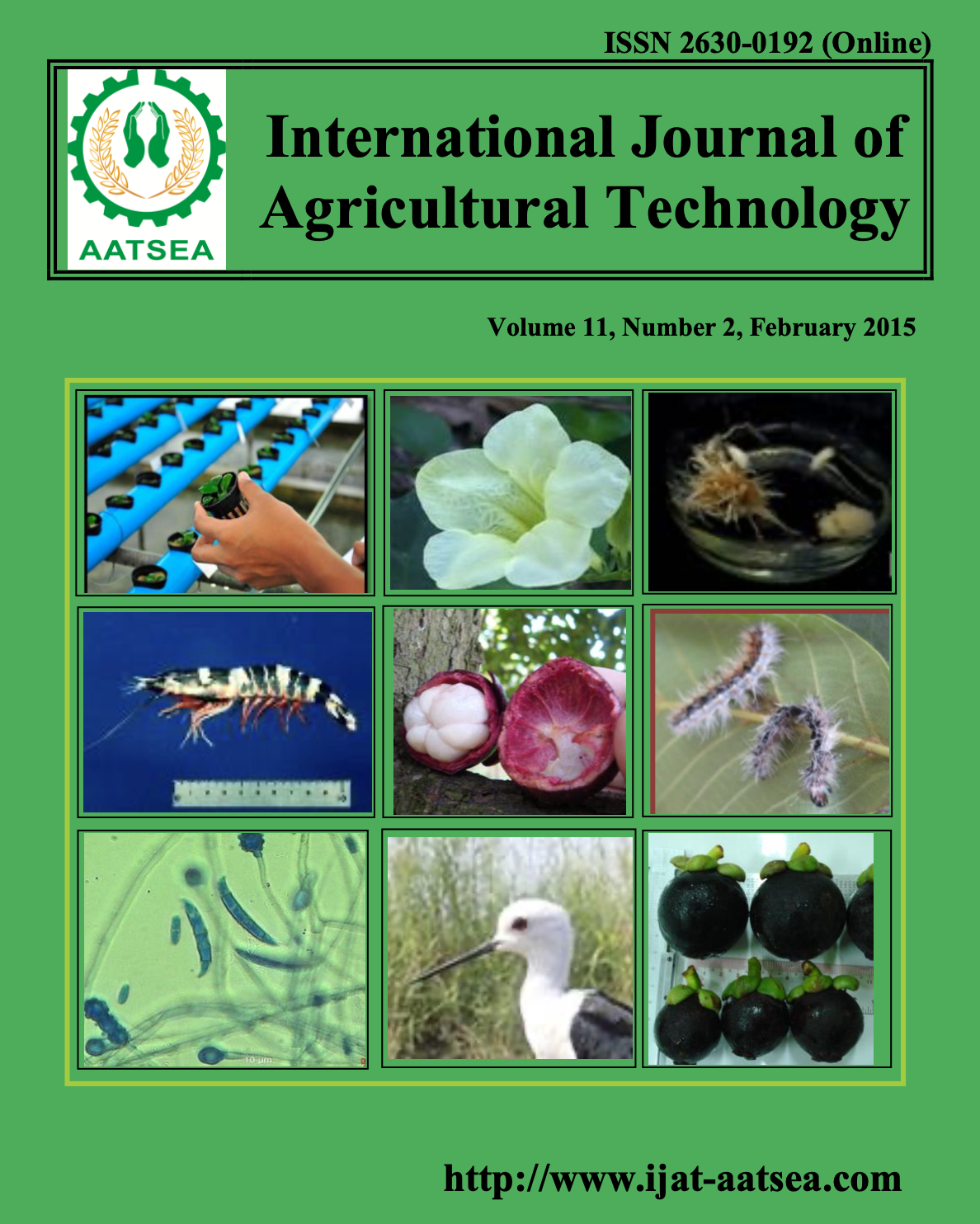Fertility assessment and mapping of rice areas under the Magat River Integrated Irrigation System in Isabela, Philippines
Main Article Content
Abstract
In the rice areas irrigated by Magat River Integrated Irrigation System (MRIIS) where 2-3 croppings a year is possible, depletion of the native nutrients in the soil becomes a problem. The immediate effect of inorganic fertilizer lure farmers to apply fertilizers indiscriminately. Hence commercial fertilizers account for approximately 26% of the total cost of rice production. Farmers would borrow against their projected earnings just to buy commercial fertilizers. The result in terms of yield, however, is not always satisfactory. There are times when the potential yield of rice is not attained despite heavy fertilizer application. In view of this, soil and fertilizer management are given much attention. The fertility status of the soil must be known first through soil analysis in order to achieve precision in fertilizer application. This prevents wastage of resources and environmental pollution since excess fertilizer applied will only find their way eventually to bodies of water. In 2003 to 2005, massive soil sampling and analysis was done in the MRIIS area covering some 84,901.832 hectares. Results of analysis showed that of the total area covered, 74.8 % is low (0 to 2.0 %); 22.5 % is medium (2.1 to 3.0% ); 2.7 % is high (3.1% above) in OM. For phosphorus and potassium, 13.6% and 24.4% is sufficient in P (above 20 ppm P) and K (above 60 ppm K) respectively. For the micronutrient zinc, 70.3 % is deficient (below 1.15 ppm Zn). Using the soil analysis data, fertility maps for each municipality under the MRIIS area were generated. This will serve as ready reference for farmers to base their fertilizer application even if they did not subject their rice fields individually for soil testing. These maps also serve as guide for the DA management in decision making for the allocation of site specific interventions like biofertilizers, zinc sulfate and other soil enriching materials. Every three years, these fertility maps are updated since the validity of soil analysis results is 3 years or 6 cropping seasons.
Article Details

This work is licensed under a Creative Commons Attribution-NonCommercial-NoDerivatives 4.0 International License.
References
Alejar, A. M. A. and Sese, M. L. D. (1999). Fundamentals of Plant Physiology. Philippines.
Tisdale, S. L., Nelson, W. L. and Beaton, J. D. (1985). Soil fertilty sand fertilizers 4th edition. New York: Macmillan Publishing CCompany.


